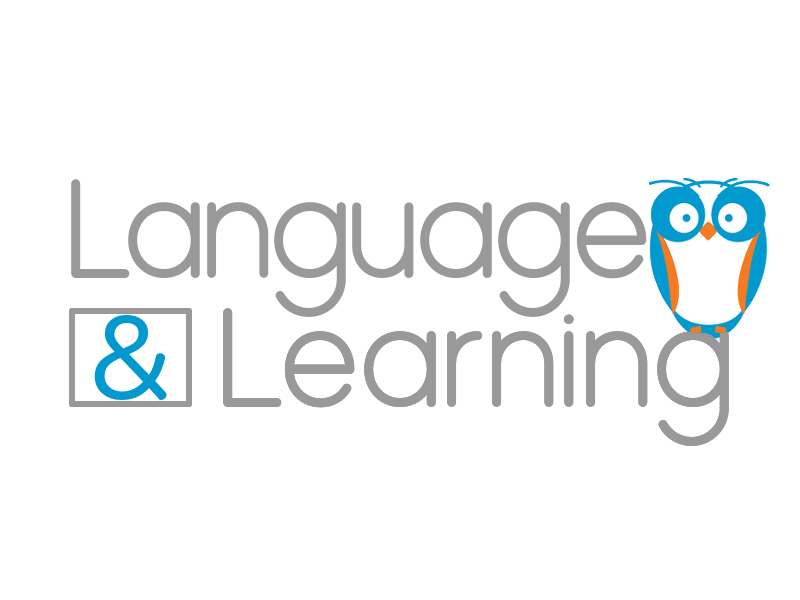Even though research is inconclusive about cognitive training apps, they are still a great way to get your child thinking about and using cognitive-linguistic strategies1. The opportunity for your child to see how using strategies can help improve his/her score and getting practice generating and implementing them are certainly useful applications for cognitive training apps.
At Language & Learning, we believe it’s essential to think about student motivation when selecting activities for students, and the same can be said for cognitive training apps. As far as specific apps go, Lumosity is quite popular; however, we believe CogniFit may have an advantage in that it allows you to challenge others, so you could potentially make it into a family activity competing with each other and sharing your techniques.
Many of these apps are geared toward adults and can be quite dull for students and adults alike! Choosing an app that is fun and motivating for your child will result in increased enthusiasm for the activity, willingness to use the app, and openness to discussions about strategy use and benefits of the app. As is the case with our therapy sessions, ensuring that the student understands the purpose of any activity they are doing and is enthusiastic about the time spent working on language skills are key components of successful language intervention. For example, while an app like Achieve – Brain Training is not as complex nor does it provide the in-depth logistics of many other cognitive training apps, its simplicity and the quick, cheerful look to its games may make it a more useful tool for your child specifically. In the end, it’s important to consider what motivates your child when selecting an app to target his/her language skills. A more “cut and dry” app like Reading Trainer may be perfect for the type of student who is motivated by scores and meeting self-made goals, while others may appreciate the quick gratification and simplicity of the previously mentioned Achieve – Brain Training app.
There are countless options out there, so if you are interested in purchasing a “brain game” app for your child, We encourage you to first make a list of what the app would need to have for it to be motivating and beneficial for your child. Your list may include qualities such as: short/simple games, score tracking, performance graphs, colorful/interesting graphics, competition with others, timed/untimed games, and quick/easy start-up. You will also want to include the specific cognitive-linguistic skills you would like to target and look for apps that would allow your child to practice these skills while learning and implementing strategies to improve their score. Your child’s therapist or tutor at Language & Learning can help you delineate what features may be important for your child and skills to target, as well as how you may be able to work an app in your child’s routine.
Alternatively, your child may enjoy playing games that aren’t directly geared toward improving specific skills, but would require him/her to practice cognitive-linguistic skills while playing. Words with Friends is a Scrabble-type game that your child could have ongoing with you or anybody who has the app. Portal 2 is also a very popular problem-solving game. Similar to the cognitive training apps, the research is inconclusive, but targeting skills in these more functional games may be more easily generalized2.
Finally, you might consider using something like the Today in History app. These type of functional, language-laden apps provide many ways to help your child enhance his/her language skills. For instance, each family member could read daily facts in the Today in History app and share one with the rest of the family at dinnertime. This would require your child to comprehend and recall the information to share it with you, as well as provide opportunities to talk about strategies used. An example of a strategy your child may try when using this app is experimenting with different techniques for jotting notes to help them remember the key information and share it with the family in an organized way. Additionally, involving the whole family and gathering together to share the information gives you an opportunity to share the strategies that work for you and model their effective use.
In addition to selecting an app that is motivating to your child, two more keys to success that we have alluded to already are (1) setting up a routine and (2) family involvement. In order to avoid forgetting about the app entirely or simply using the app to “practice thinking”, having a set daily or weekly time to play together or discuss some aspect of the app will ensure that it does not fall off of your radar and will allow you to support cognitive-linguistic growth. Family activities such as sharing strategies used to enhance performance provide tools for your child to learn and practice while using the app, and his/her increased awareness of these strategies will facilitate generalization beyond the app. Talking about how you use these strategies in the real world can be a great discussion topic as well!
Sources
1Brain-Training Apps Won’t Make You Smarter
1Brain Games: Do They Really Work?
2The Power of Play: The Effects of Portal 2 and Lumosity on Cognitive and Noncognitive Skills
